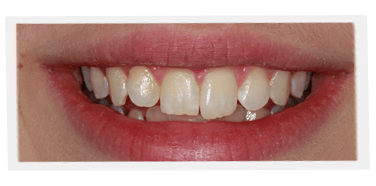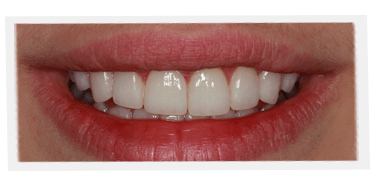
In a previous article, we covered veneers, crowns, and bridges. Let’s continue to look at some of the tools that can be used to fix smiles. (Excerpt from my book, A Guide to the Perfect Smile.)
Bonding
In the bonding procedure, composite resin is applied to the surface of a tooth and fused permanently to it. This is done to address various problems, including filling cavities, closing gaps between teeth, lengthening or widening teeth, covering dark spots, or even simply whitening teeth. Bonding is best for minor problems. If the space to be filled is very large, or little remains of the original tooth, the dentist will have to use other solutions, such as veneers, crowns, and inlays.
The term “bonding” can also refer generically to any procedure in which crowns or veneers are fused, rather than cemented, to teeth.
Implants
An implant is a titanium screw surgically placed into the jawbone where a tooth is missing. The implant acts as an artificial tooth root. A new tooth can then be attached to the implant.
Implants can enhance a smile by replacing missing teeth. For the implants to be attached successfully, patients must have enough bone in the area of the missing teeth.
Porcelain
Porcelain describes a family of materials used to fashion crowns and veneers. Porcelain looks very natural because it captures and reflects light like a real tooth. What we call porcelain is really a fusion of glass, plastic, and ceramic particles that provide color and a lifelike appearance.
Porcelain systems vary widely in their cost, appearance, quality, and applicability to different problems. Recent advances in porcelain technology allow dentists to use durable materials that closely mimic the particular light transmission properties, textures, and colors of natural teeth.
Porcelain was traditionally a hardened powder-liquid mixture, and it had limited strength. Currently, advanced porcelain systems are created from pre-pressed blocks or ingots of solid porcelain. One of the advantages of these pressed ceramics is that they can be used in cases that normally would have required the use of metal.
Porcelains need to be colored to appear natural and match the natural teeth. They can be painted, but this can create an opacious appearance that matches the look of natural teeth only in certain light conditions. A more complicated but truer technique is to layer the porcelain with semitransparent colors, more closely mimicking the refractive properties of a natural tooth. Layering is a highly specialized ceramic art form. Its results are highly dependent on the skill of the ceramist.



